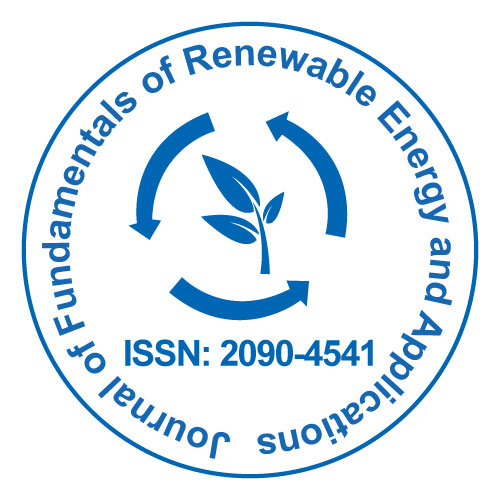
Tagebuch des fondamentaux de l'énergie renouvelable et des applications
Libre accès
ISSN: 2090-4541

ISSN: 2090-4541
Akintomide Afolayan Akinsanola, Kehinde Olufunso Ogunjobi, Akintayo T Abolude, Stefano C Sarris et Kehinde O Ladipo
Bien que le concept d’évaluation du potentiel éolien ait considérablement évolué, son application et son adoption sont limitées dans les régions en crise énergétique où la demande en électricité dépasse de loin l’offre. Pour le Nigéria, la recherche de sources d’énergie alternatives pour répondre à sa demande énergétique est essentielle et doit être satisfaite dans une pratique durable. Cette étude a analysé le potentiel de production d’électricité éolienne à Koluama, dans l’État de Bayelsa, au Nigéria, en utilisant une combinaison de données mensuelles moyennes sur la vitesse et la direction du vent à 10 m (1984-2013) et de données quotidiennes sur la vitesse du vent sur cinq ans (2009-2013). Les données ont été soumises à différents tests statistiques et également comparées à la fonction de densité de probabilité de Weibull à deux paramètres. La vitesse moyenne maximale du vent le jour de l’année (DOY) enregistrée était de 5,25 m/s et la vitesse minimale du vent de 0,92 m/s, tandis que la vitesse moyenne saisonnière du vent pendant les mois secs (DJF) est estimée à 4,05 m/s et à 4,32 m/s pendant les mois humides de juin, juillet, août et septembre (JJAS) pour la période de 30 ans considérée. La densité de puissance éolienne (DPE) variait de 82 W/m2 à 145 W/m2 en novembre et en août respectivement. Enfin, la production d'électricité à partir du vent à petite échelle a été évaluée à l'aide de six (6) éoliennes pratiques. L'éolienne AV 928 avait le rendement énergétique maximal, malgré un facteur de capacité relativement faible de moins de 10 %.